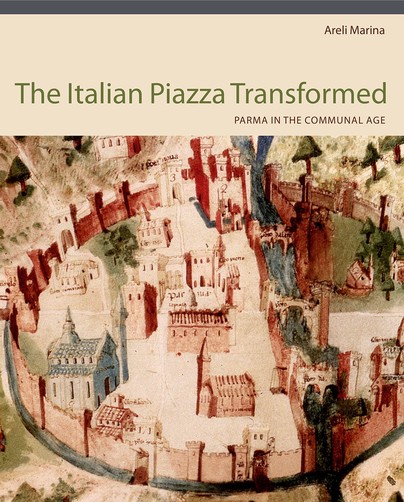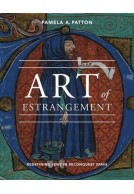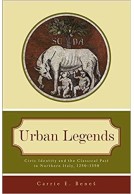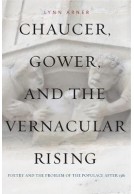The Italian Piazza Transformed (Hardback)
Parma in the Communal Age
Imprint: Penn State University Press
Pages: 192
Illustrations: b/w and col illus
ISBN: 9780271050706
Published: 30th April 2012
Script Academic & Professional
Pages: 192
Illustrations: b/w and col illus
ISBN: 9780271050706
Published: 30th April 2012
Script Academic & Professional
You'll be £19.95 closer to your next £10.00 credit when you purchase The Italian Piazza Transformed. What's this?
+£4.99 UK Delivery or free UK delivery if order is over £40
(click here for international delivery rates)
Order within the next 11 hours, 24 minutes to get your order processed the next working day!
Need a currency converter? Check XE.com for live rates
(click here for international delivery rates)
Order within the next 11 hours, 24 minutes to get your order processed the next working day!
Need a currency converter? Check XE.com for live rates
During the long thirteenth century, the cities of northern Italy engendered a vital and distinctive civic culture despite constant political upheaval. In The Italian Piazza Transformed, Areli Marina examines the radical transformation of Parma's urban center in this tumultuous period by reconstructing the city's two most significant public spaces: its cathedral and communal squares. Treating the space of these piazzas as attentively as the buildings that shape their perimeters, she documents and discusses the evolution of each site from 1196, tracing their construction by opposing political factions within the city's ruling elite. By the early fourteenth century, Parma's patrons and builders had imposed strict geometric order on formerly inchoate sites, achieving a formal coherence attained by few other cities. Moreover, Marina establishes that the piazzas' orderly contours, dramatic open spaces, and monumental buildings were more than grand backdrops to civic ritual. Parma's squares were also agents in the production of the city-state's mechanisms of control. They deployed brick, marble, and mortar according to both ancient Roman and contemporary courtly modes to create a physical embodiment of the modern, syncretic authority of the city's leaders. By weaving together traditional formal and iconographic approaches with newer concepts of the symbolic, social, and political meanings of urban space, Marina reframes the complex relationship between late medieval Italy's civic culture and the carefully crafted piazzas from which it emerged.
Other titles in Penn State University Press...














